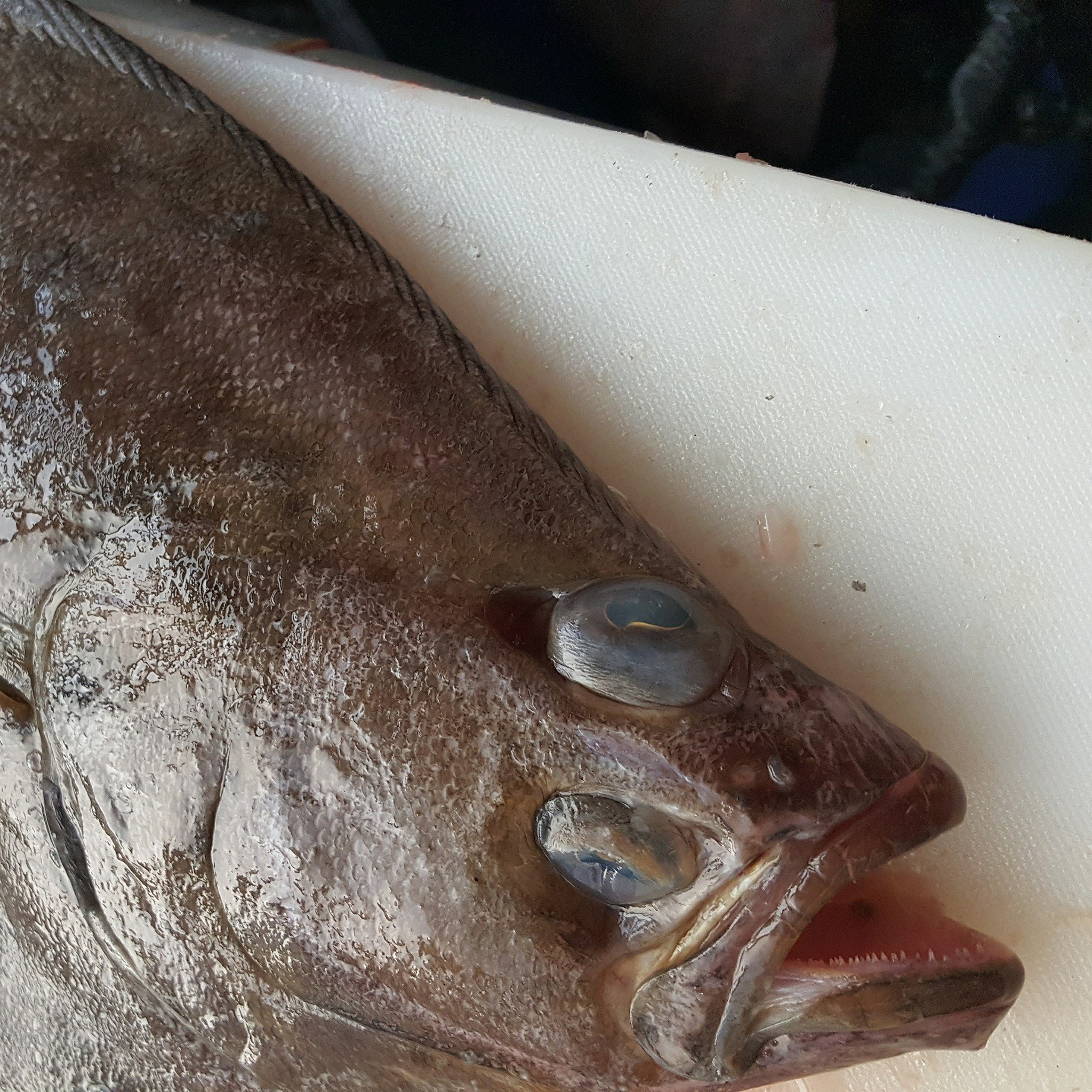Cold-weather schooling could flood market
West Coast trawlers were on pace to land their respectful IFQ shares of Petrale sole for the 2018 season in early November. Trawlers had landed 4.32 million pounds — about 75 percent — of a 5.79 million-pound quota.
Though the stocks have been declared rebuilt, the fleet saw a slight reduction in the quota for 2018. Last year’s 2017 harvest came in at 6.07 million pounds, which exceeded the 6.05 million-pound quota.
“These guys are still catching a little, as they’re still in shallow since summer,” said Scott Adams, with Hallmark Fisheries in Charleston, Ore.
As the season progresses toward winter, the fish congregate into tighter schools, which means more plentiful hauls for the trawlers.
Adams cautions that if the pace of daily deliveries increases with an onslaught of fish, prices could go soft.
“It doesn’t take much,” he says of regional fresh markets that can tolerate around 20,000 pounds per day.
In the 2017 season, average ex-vessel prices hovered around $1.17 per pound for the sole, according to data from PacFIN. But in the 2018 season, prices were lower at an average of $1.03.
In November, product was moving steadily across the docks for distribution to restaurants along the West Coast. San Francisco remains the epicenter of demand when it comes to Petrale consumption, with the remainder of sales going to Seattle, Portland and other cities in the Pacific Northwest.
“So far, the market is fair,” said Adams. “We’re shipping out stuff that’s not even a day old.”
Outlets that Adams ships to have voiced a preference for fish 15 inches long as optimal for producing the size fillets they offer on their menus. Though the size of this season’s fish fit the bill for fresh product consumption, a veritable hurdle in stronger markets for Petrale lies in awareness among major food outlets. Adams has said for years that mainstream supermarkets haven’t caught on to the high quality fillets, hence they’ve not been promoting Petrale as a quality product.
“Normal stores don’t know what Petrale is,” he says. “It’s just not pushed like it should be.”







